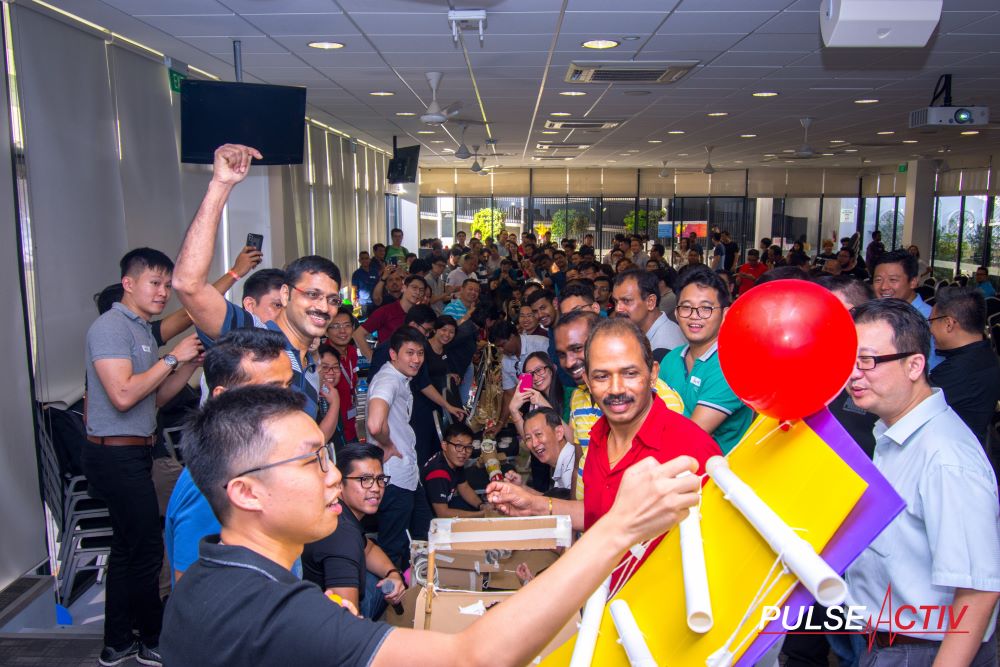Managing a Multigenerational Workforce: Tips for Success
In the modern workplace, it’s common to encounter employees from various generational backgrounds working together. Each generation brings its unique set of skills, values, and preferences, making it essential for managers to develop effective strategies to harness these differences positively. Here’s a comprehensive guide to managing a multigenerational workforce, with detailed tips on how to create a cohesive and productive work environment.
1. Foster Open Communication
Encourage Inclusive Dialogue: Create an environment where all employees feel comfortable sharing their ideas and feedback. Regular team meetings, one-on-one check-ins, and anonymous surveys can provide various channels for communication. This inclusivity helps bridge generational gaps and ensures that everyone’s voice is heard.
Adapt Communication Methods: Recognize that different generations may have distinct preferences for communication. For instance, Baby Boomers might favor face-to-face conversations, while Millennials and Gen Z might prefer emails or instant messaging. Be flexible in your communication approach to accommodate these preferences and ensure clear and effective exchanges.
Use Technology Wisely: Implement communication tools that cater to diverse preferences. Platforms like Slack or Microsoft Teams can facilitate real-time communication and collaboration across different age groups. However, also consider incorporating traditional methods for those who may prefer them.
2. Promote Mutual Respect
Value Diverse Contributions: Each generation brings unique skills and experiences to the table. Traditionalists and Baby Boomers may offer deep industry knowledge and experience, while Millennials and Gen Z can provide fresh perspectives and technological expertise. Acknowledge and celebrate these contributions to foster an environment of mutual respect.
Address Stereotypes Proactively: Generational stereotypes can lead to misunderstandings and biases. Educate your team about the strengths and potential biases associated with each generation. Encourage discussions that focus on individual strengths rather than generational labels.
Encourage Cross-Generational Mentoring: Set up mentoring programs where employees from different generations can learn from each other. This can help build bridges, share knowledge, and enhance understanding between team members of varying ages.
3. Implement Flexible Work Arrangements
Offer Flexible Working Options: Different generations may have varying needs when it comes to work arrangements. For instance, younger employees might value the ability to work remotely or have flexible hours, while older employees might prefer a more structured schedule. Provide a range of flexible working options to cater to these diverse needs.
Balance Flexibility with Consistency: While flexibility is crucial, maintaining some level of structure is necessary for effective team coordination and performance. Establish clear guidelines and expectations to ensure that flexibility does not compromise productivity or team cohesion.
Create a Results-Oriented Environment: Focus on outcomes and deliverables rather than micromanaging work hours. This approach allows employees to work in a way that suits their personal preferences while ensuring that performance standards are met.
4. Invest in Training and Development
Tailor Training Programs: Design training programs that address the different learning styles and technological competencies of each generation. For example, older employees might benefit from hands-on training sessions, while younger employees might prefer online courses or interactive workshops.
Offer Mentorship Opportunities: Establish mentorship programs where experienced employees can share their knowledge with younger colleagues, and vice versa. This not only fosters skill development but also promotes cross-generational understanding and collaboration.
Encourage Lifelong Learning: Promote a culture of continuous learning and professional development. Provide access to various learning resources, such as online courses, seminars, and workshops, to help employees stay updated with industry trends and advance their skills.
5. Leverage Technology Effectively
Adopt Collaborative Tools: Use technology that enhances collaboration and communication across different generations. Tools like project management software (e.g., Asana, Trello) and collaborative platforms (e.g., Google Workspace) can streamline workflows and facilitate teamwork.
Provide Technology Training: Ensure that all employees are comfortable with the technology tools and platforms used in the workplace. Offer training sessions or resources to help employees of all ages become proficient with new technologies.
Encourage Tech Savvy and Innovation: Foster an environment where technological innovation is encouraged and embraced. Encourage employees to explore and suggest new technologies that could improve work processes and efficiency.
6. Create Inclusive Work Environments
Build Diverse Teams: Form teams that include members from different generational backgrounds to leverage a wide range of perspectives and skills. Diverse teams are more likely to generate creative solutions and innovative ideas.
Celebrate Generational Diversity: Recognize and celebrate the diverse contributions of all employees. Host events or activities that highlight different generational perspectives and achievements, and ensure that all employees feel valued and included.
Promote Inclusive Leadership: Train leaders and managers to adopt inclusive practices that consider the needs and preferences of all generations. Encourage leaders to be approachable, listen actively, and adapt their management style to support a diverse team.
Conclusion
Effectively managing a multigenerational workforce involves understanding and valuing the unique attributes of each generation. By fostering open communication, promoting mutual respect, implementing flexible work arrangements, investing in training, leveraging technology, and creating an inclusive environment, managers can build a cohesive and productive team. Embrace the strengths of each generation and turn potential challenges into opportunities for growth and innovation. With the right approach, a multigenerational workforce can thrive and drive organizational success.
To head back to read another article in our blog, click here.

